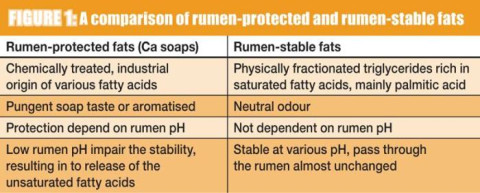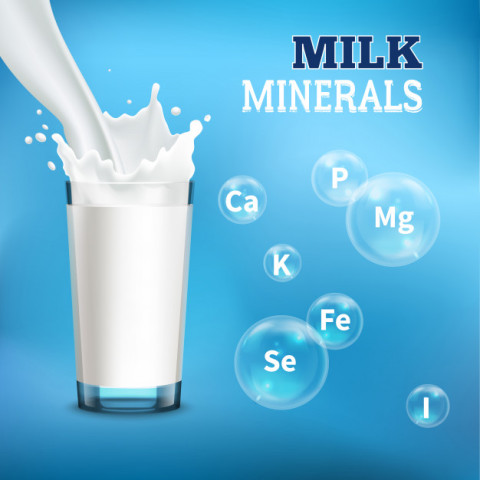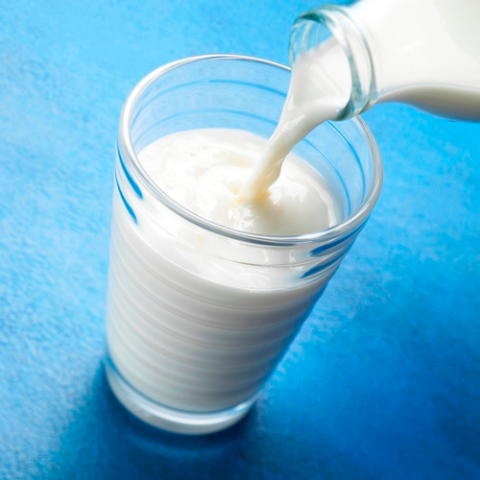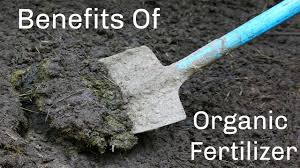Over recent decades, genetic improvement and better management practices have dramatically increased dairy cattle milk production but, at the same time, managing fertility and conception rates has been difficult. Managing optimum productivity of dairy cattle in terms of quality milk production and efficient breeding plays a vital role in profitable...
Blog
In the wake of exponential rising inflation feed and fodder cost has soared to an extent where dairy farmers are facing extreme difficulty in maintaining their herd health and milk quality. Cow fattening, i.e. raising animals for meet has also become problematic; main essence being that animals are not gaining weight proportionate t...
Did you know the nine essential nutrients in milk that create a nutrient powerhouse? All dairy milk — provides nine essential nutrients. In addition to naturally occurring, high-quality protein, milk contains other nutrients including B vitamins for energy, vitamin A to help maintain a healthy immune system as well as calcium and vitamin D, both th...
Are you wondering if there is any real difference between raw and pasteurized milk? After researching about it for my own family, I can tell you that there is a Big distinction between raw and pasteurized milk. I'm going to show you 3 ways that it is different. Raw milk is fresh, unpasteurized, non-homogenized milk from healthy, grass-fed cows. Not...
Organic fertilizers can be separated into the following categories: plant by-products, animal by-products, biosolid based products, colloidal phosphate, and seaweeds. Plant by-products include things like alfalfa pellets or meal, corn gluten meal, cottonseed meal, or soybean meal.Animal by-products include bat guano, blood meal, bone meal, feather ...





